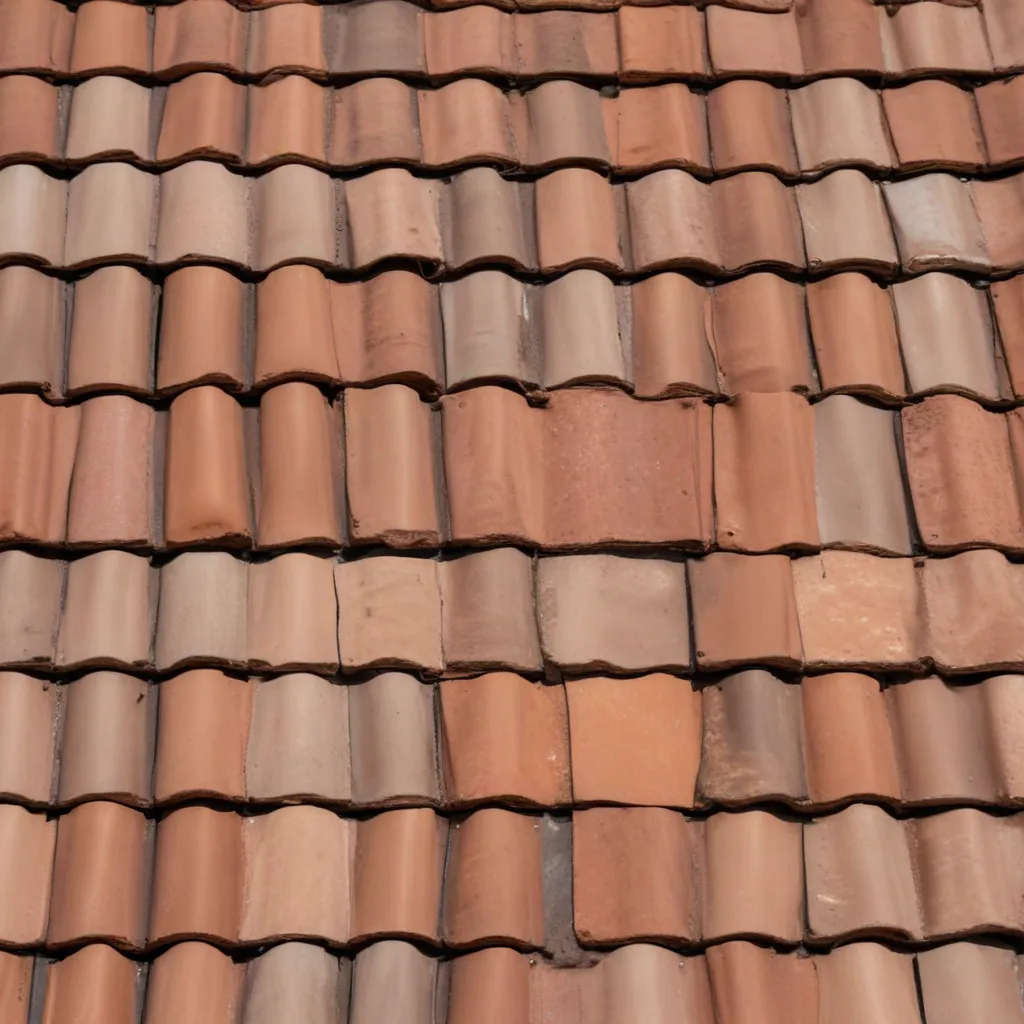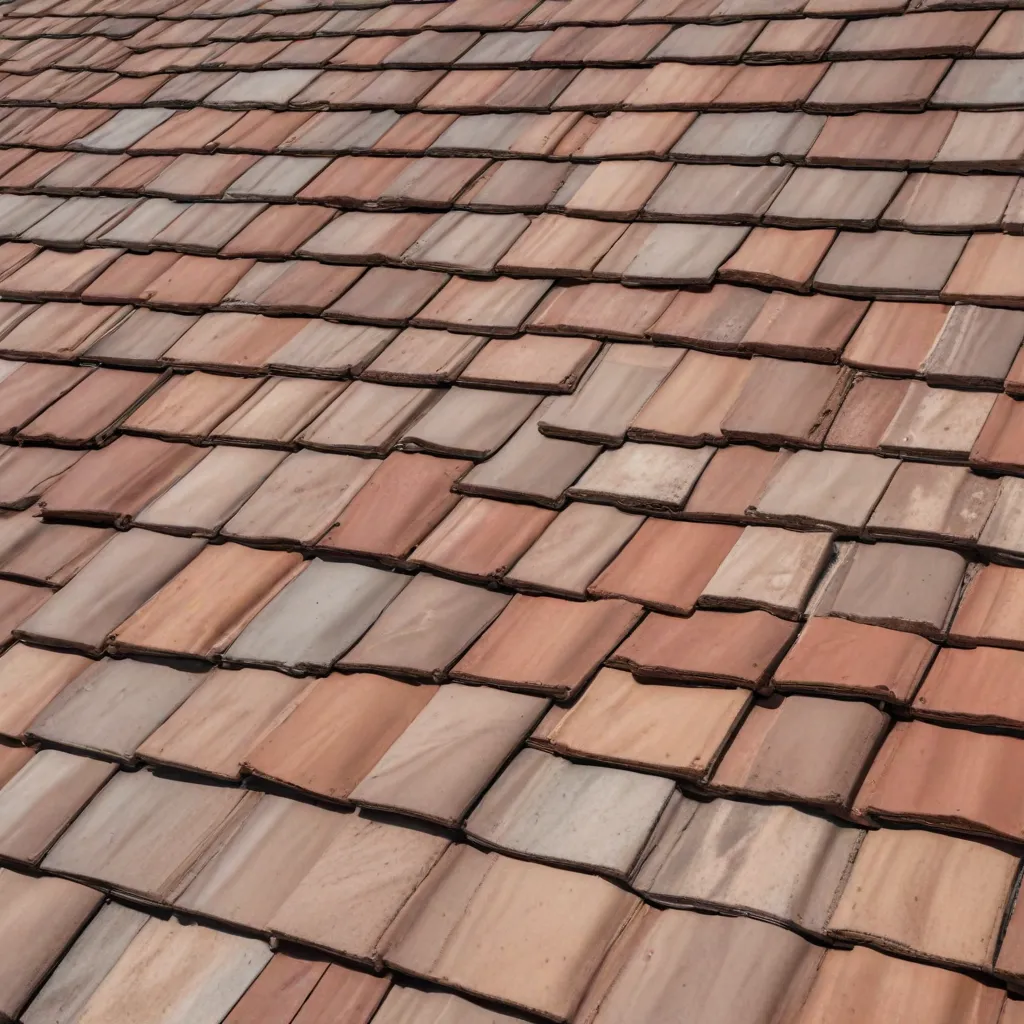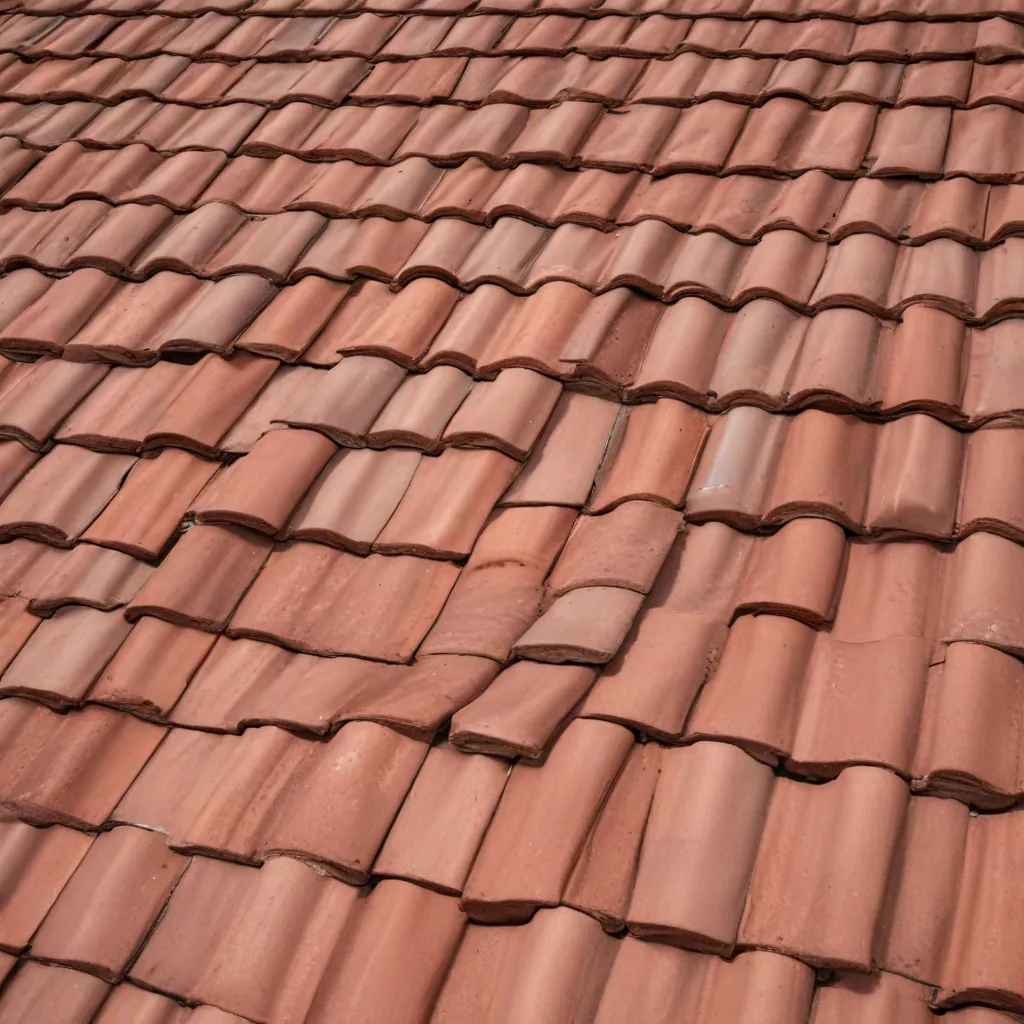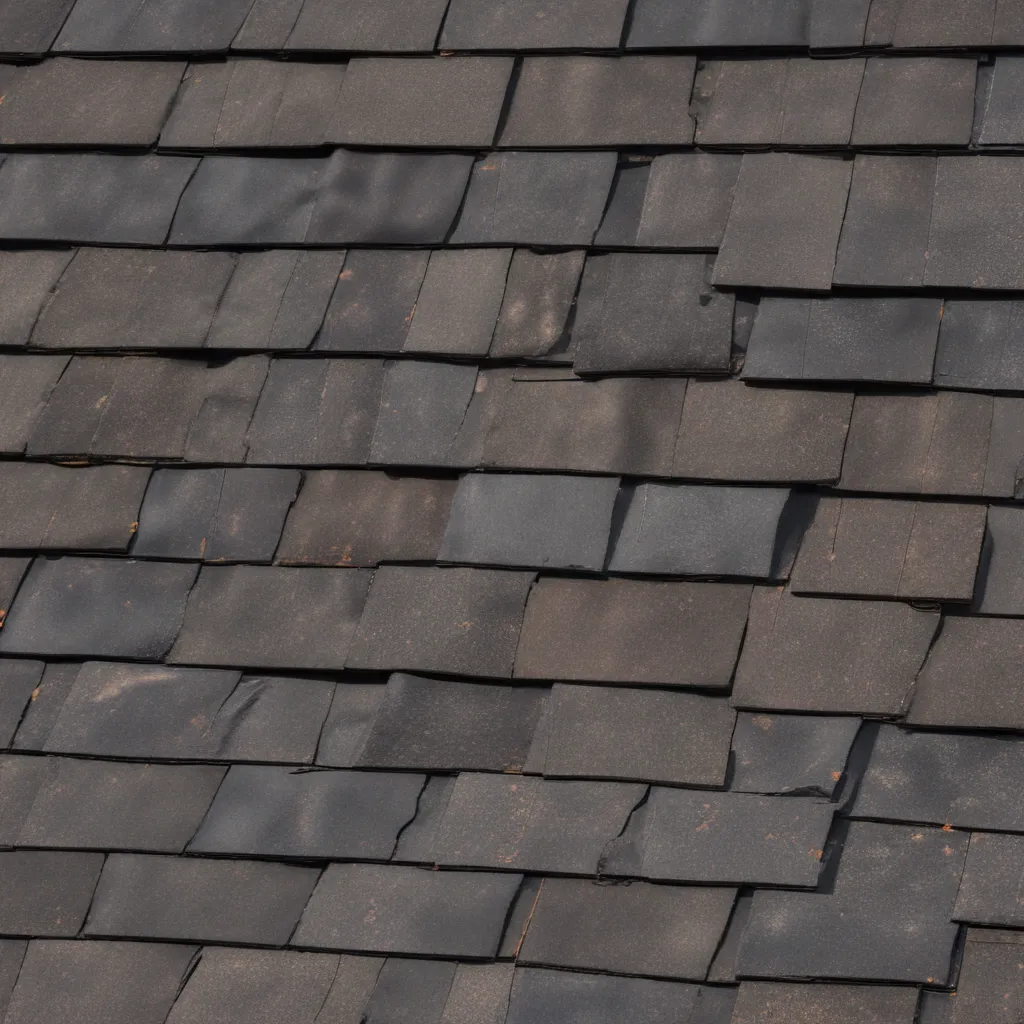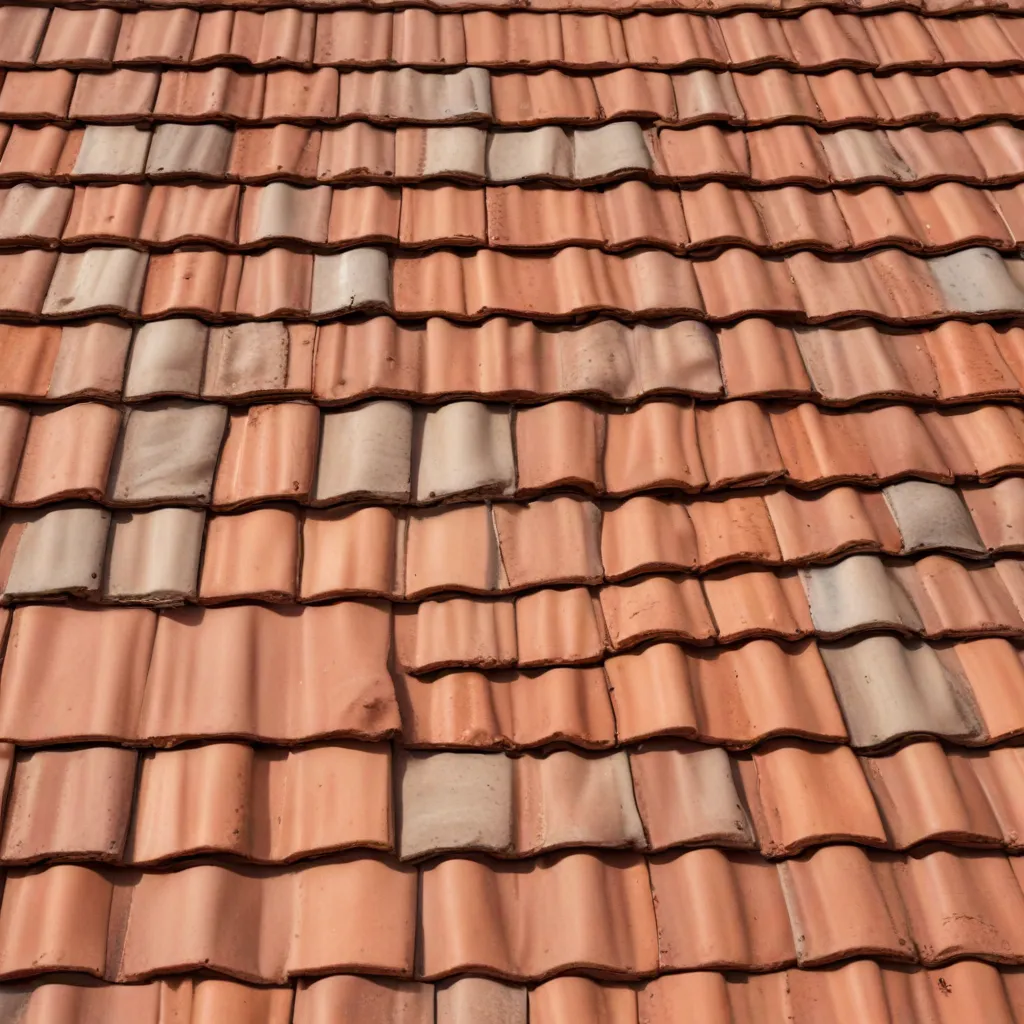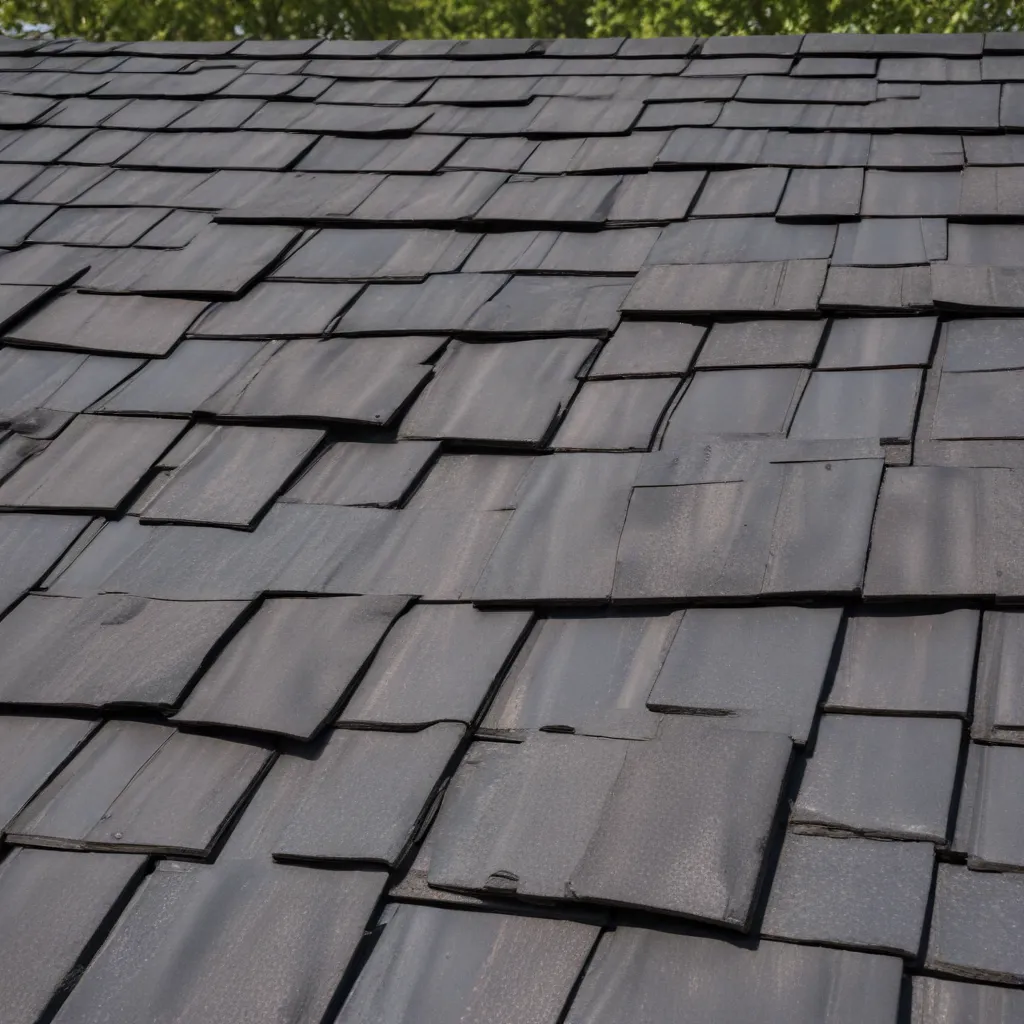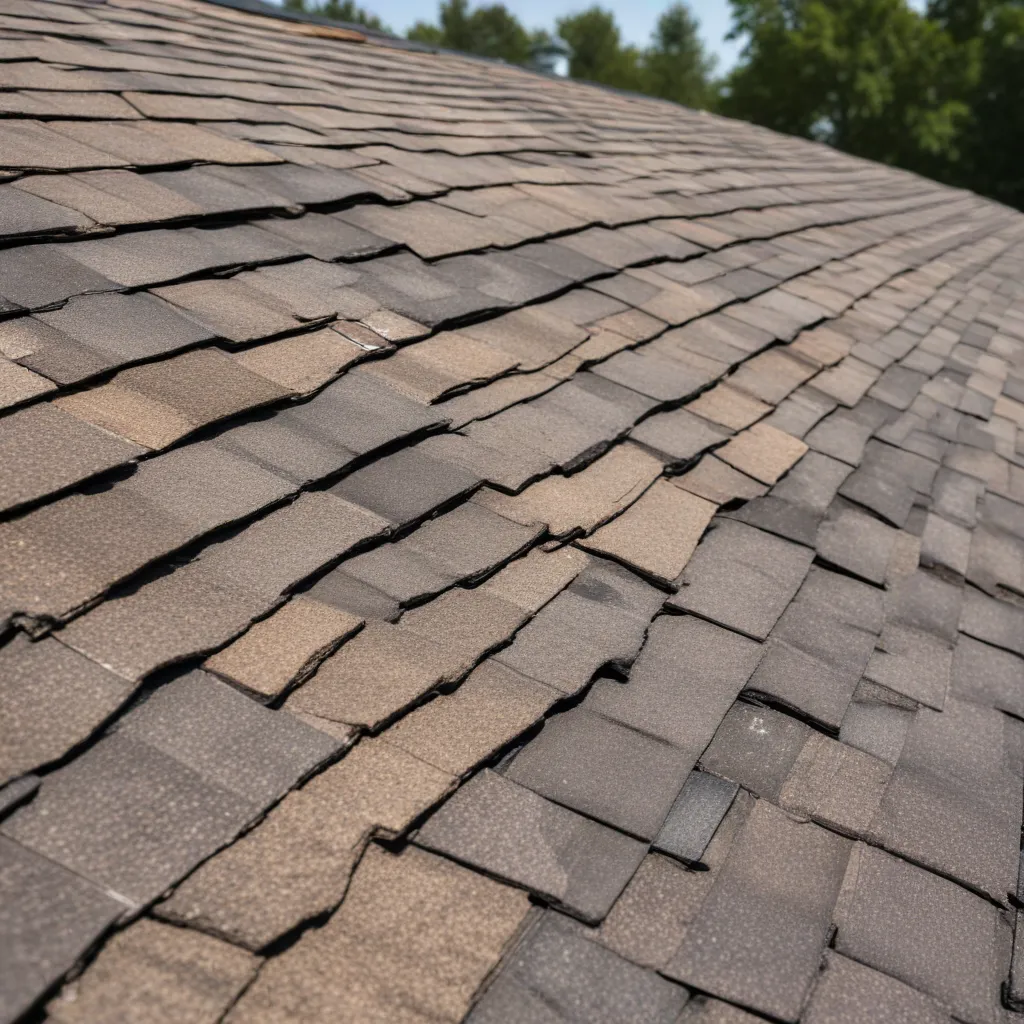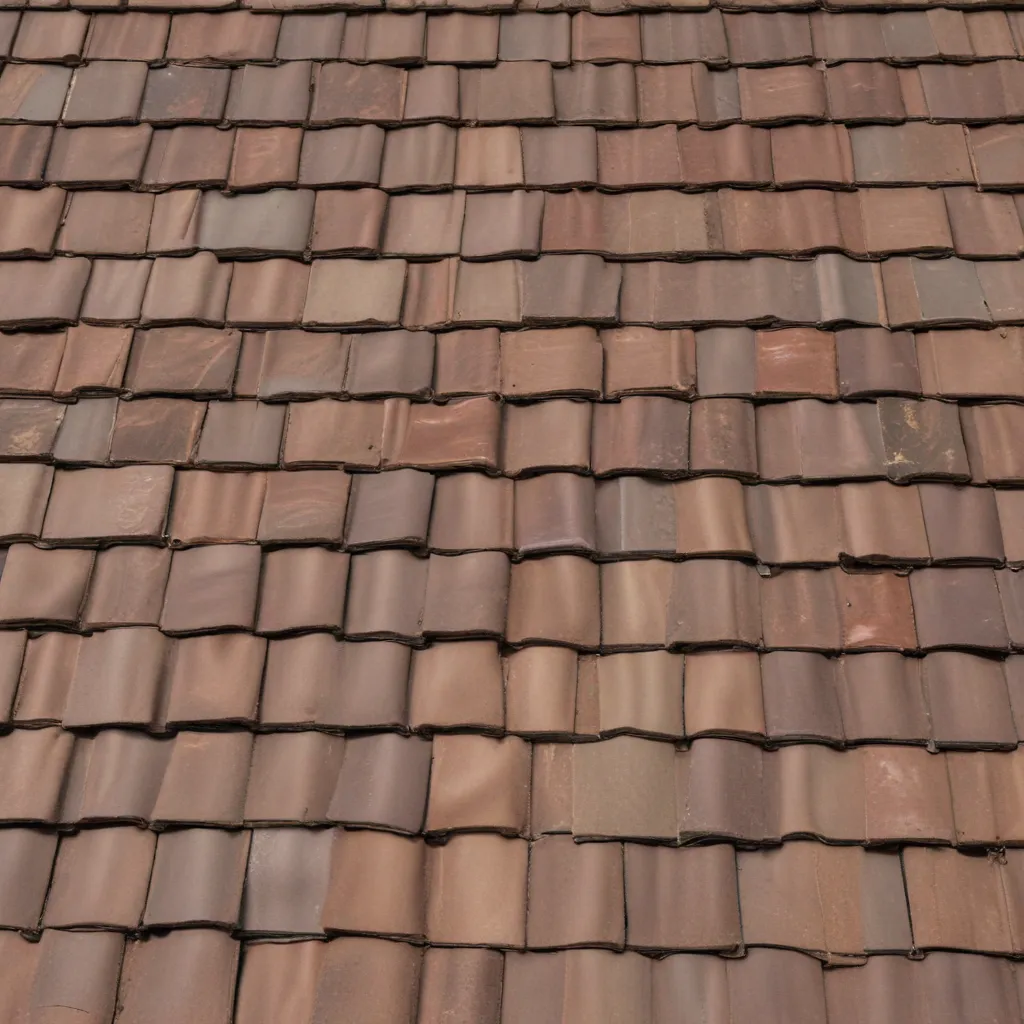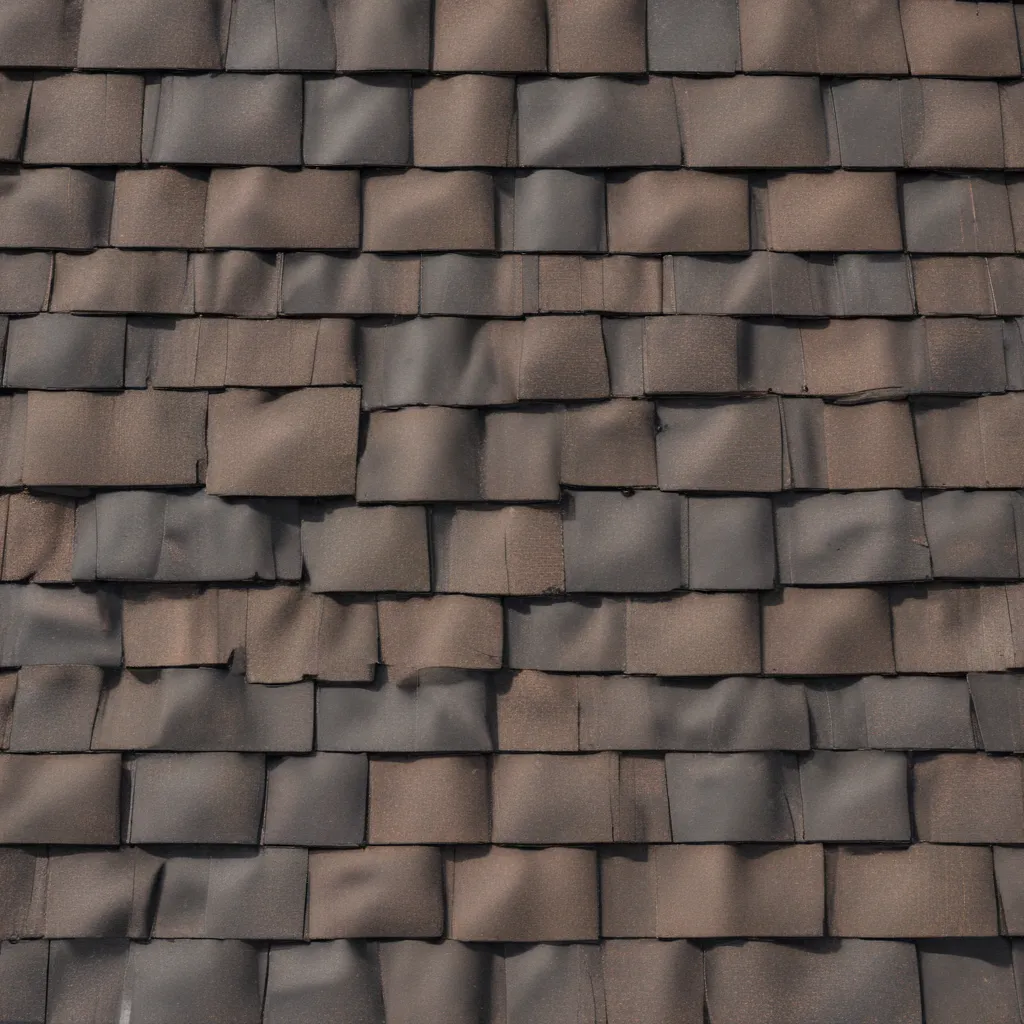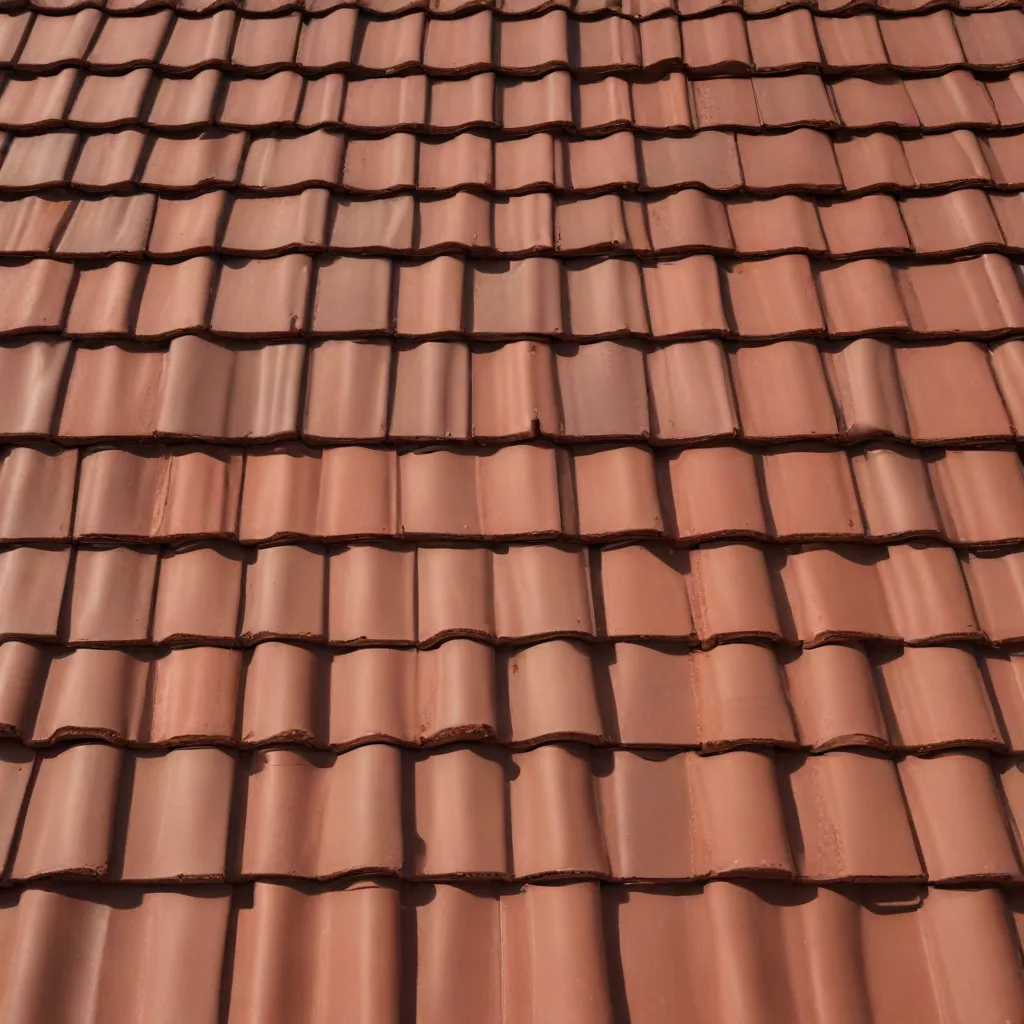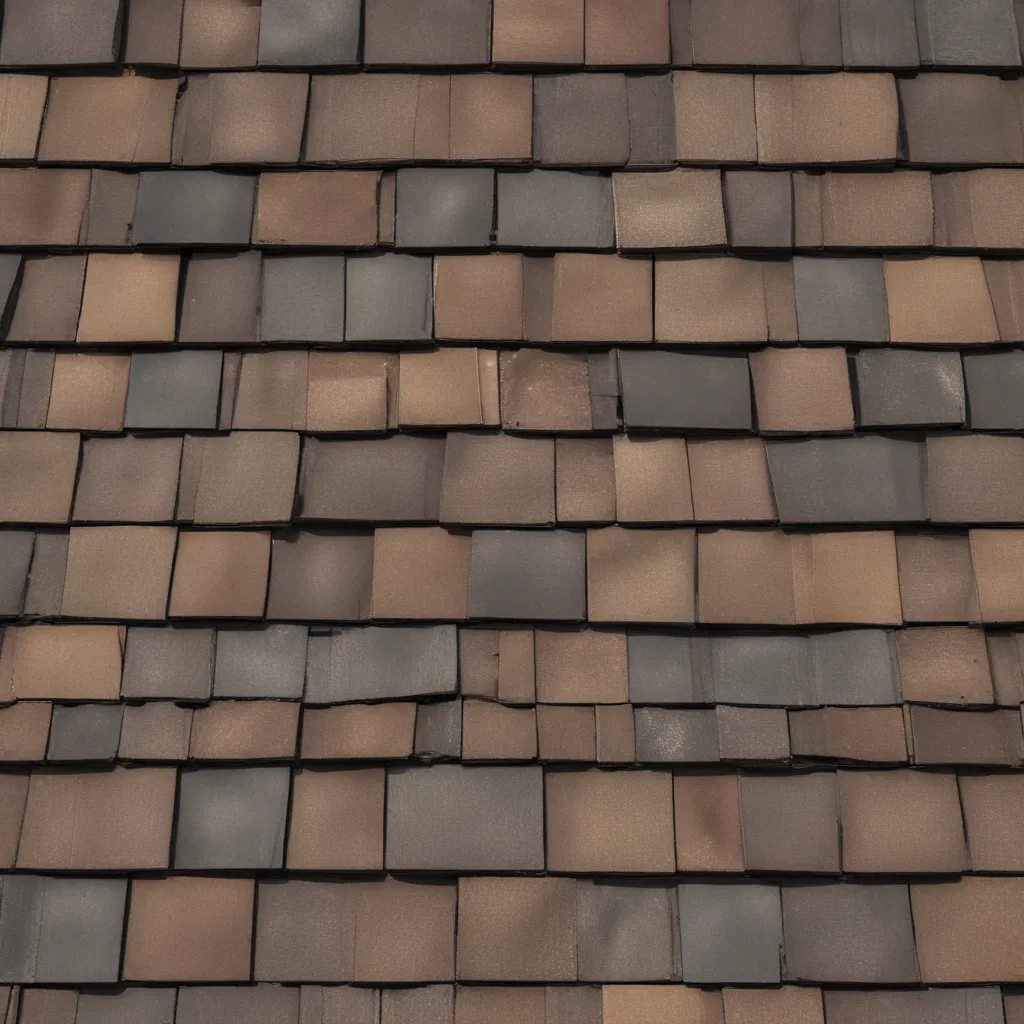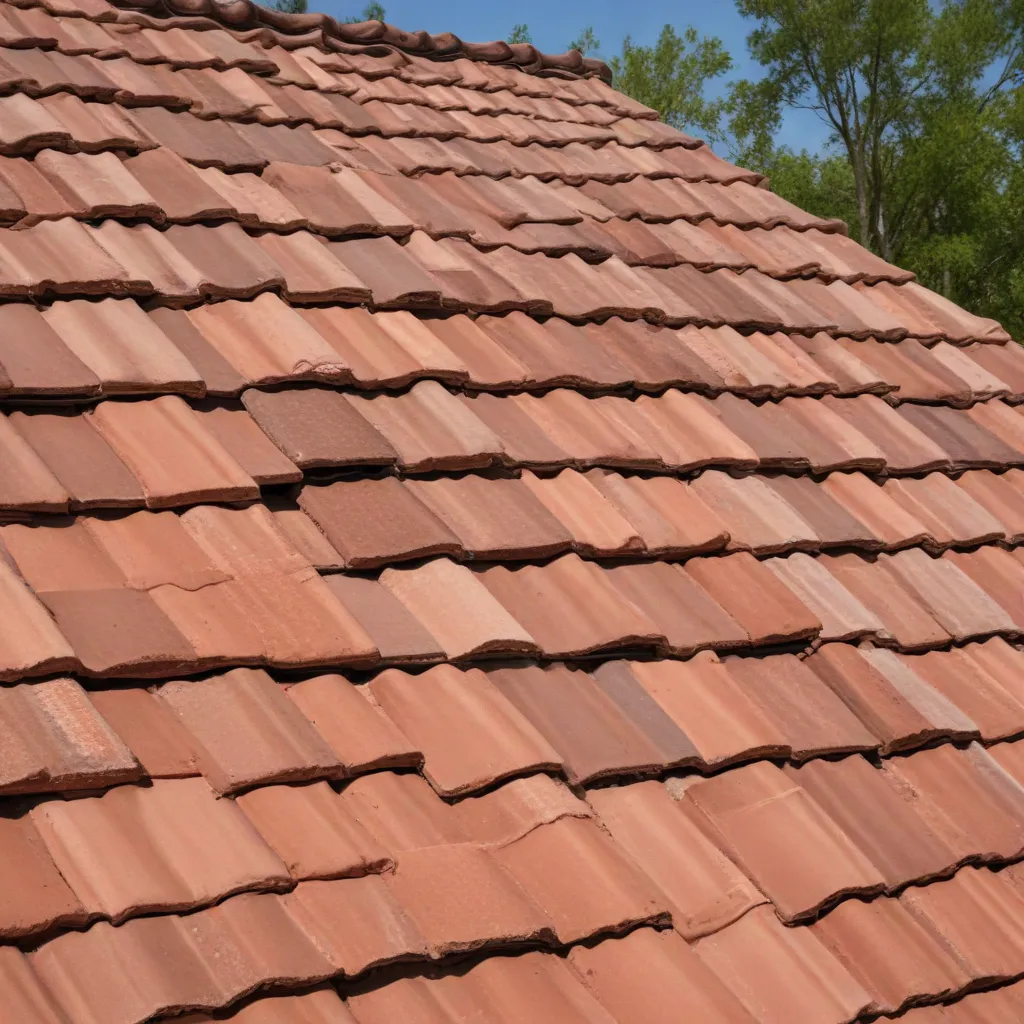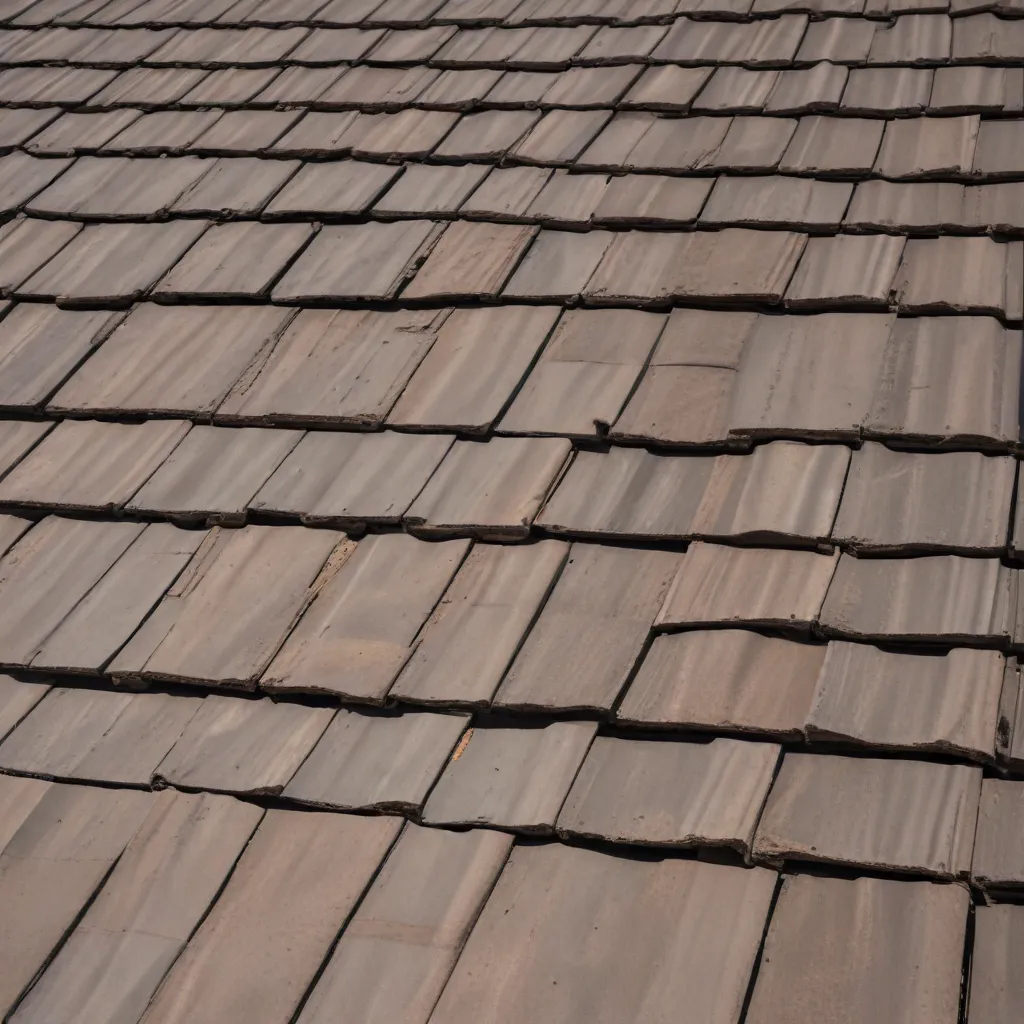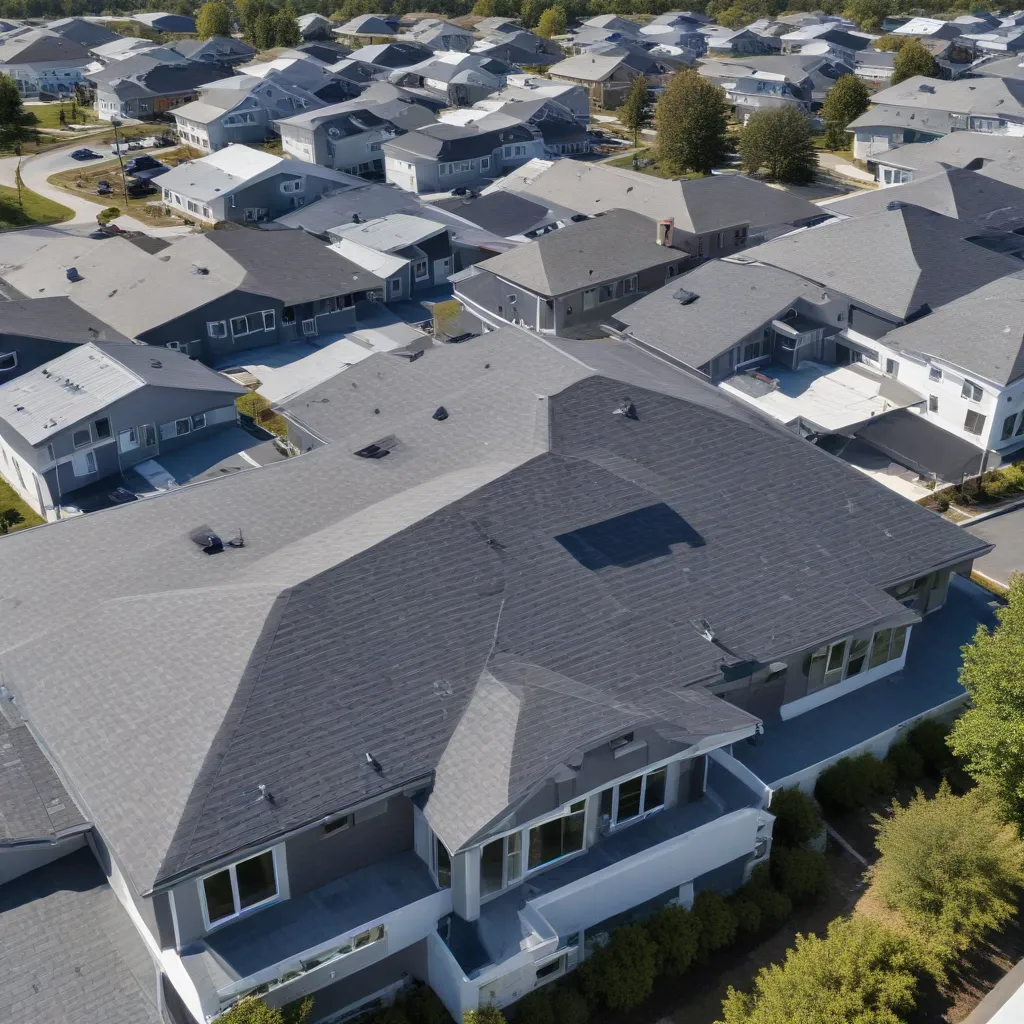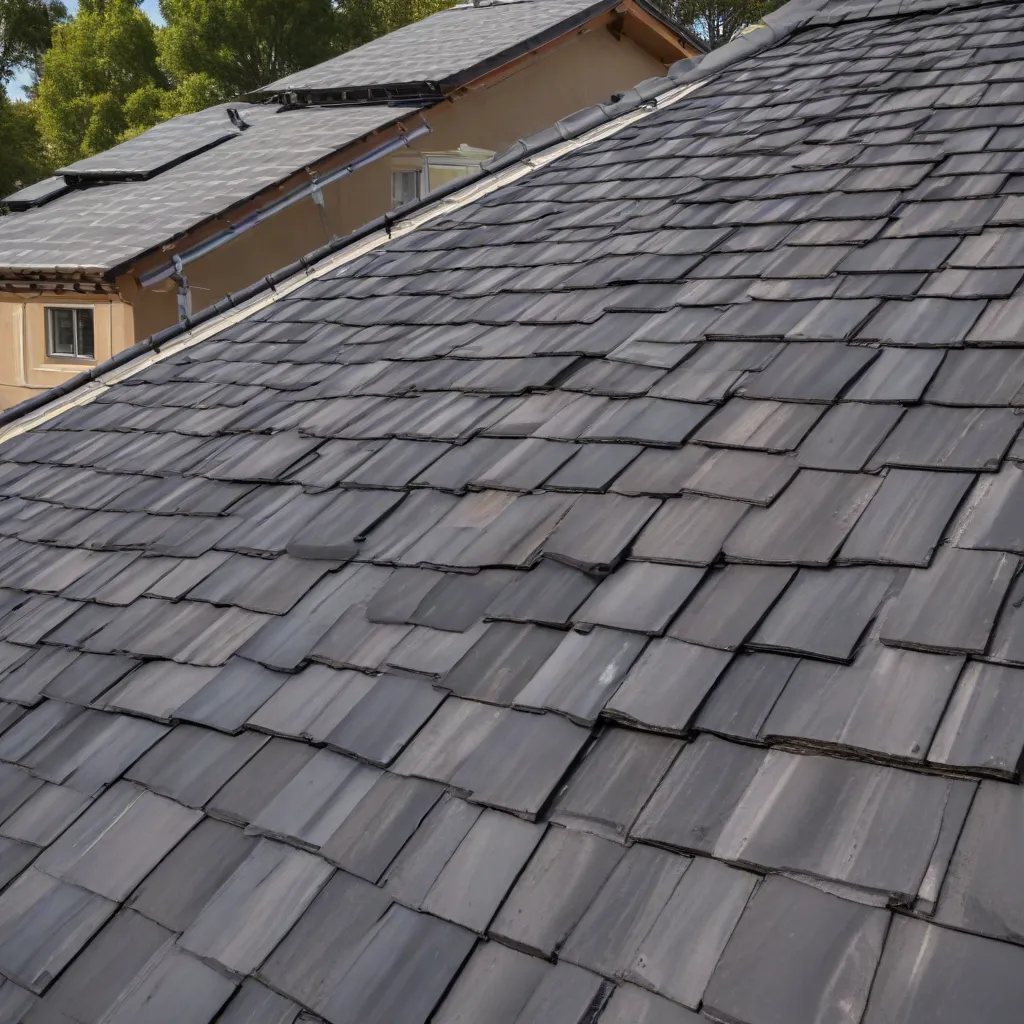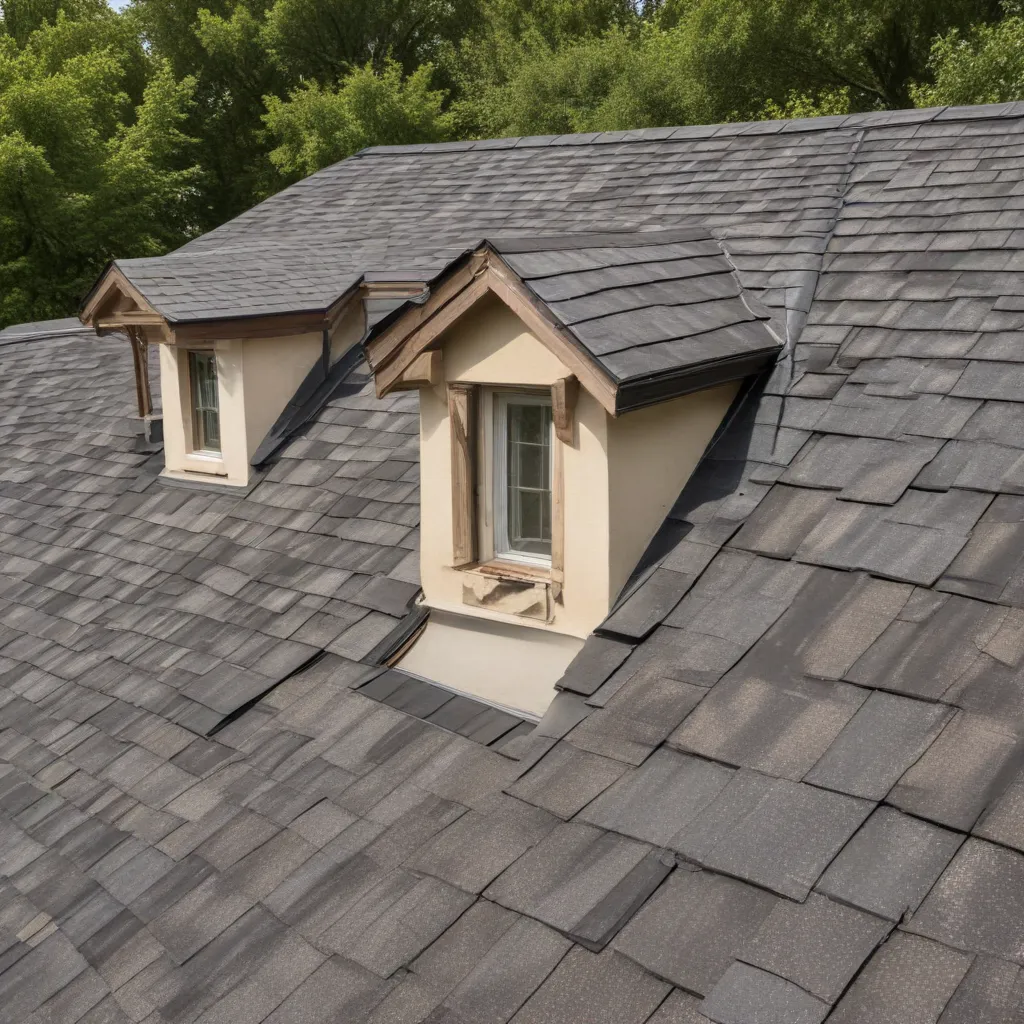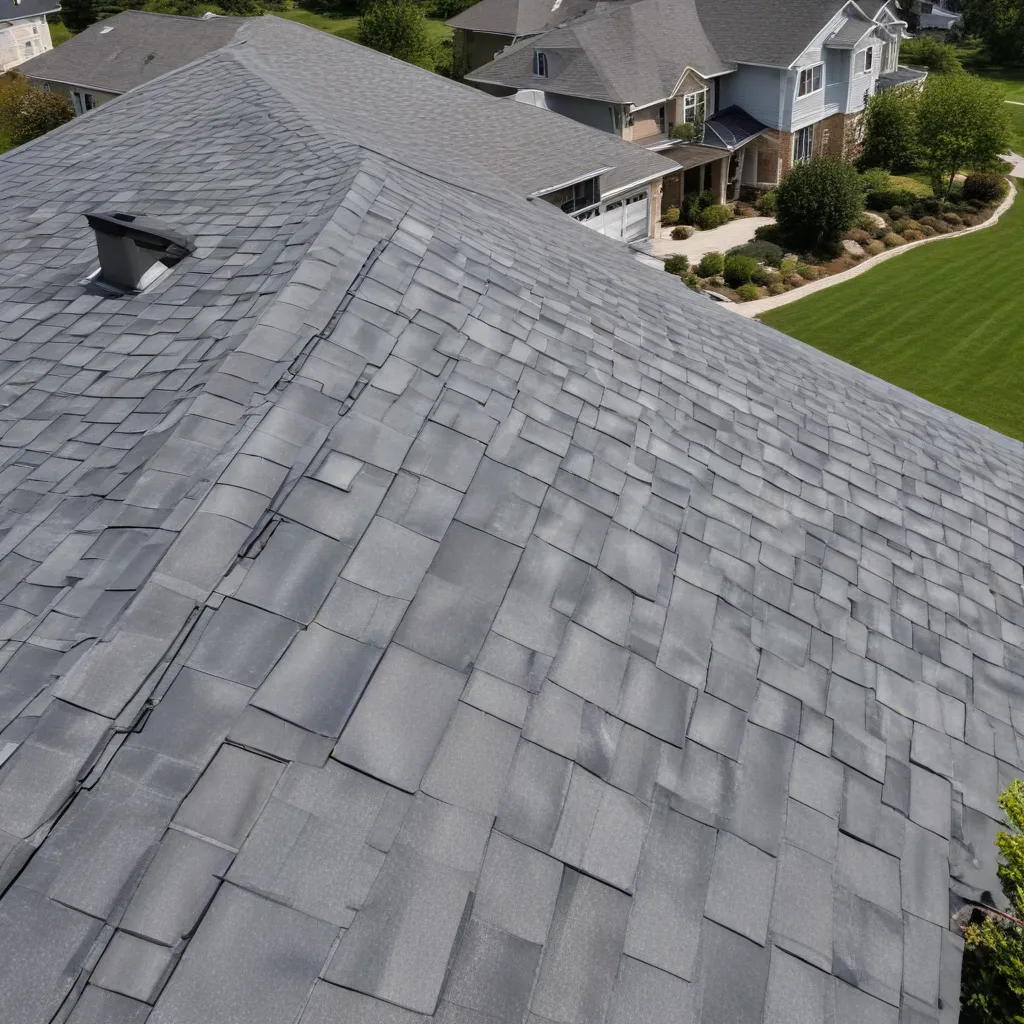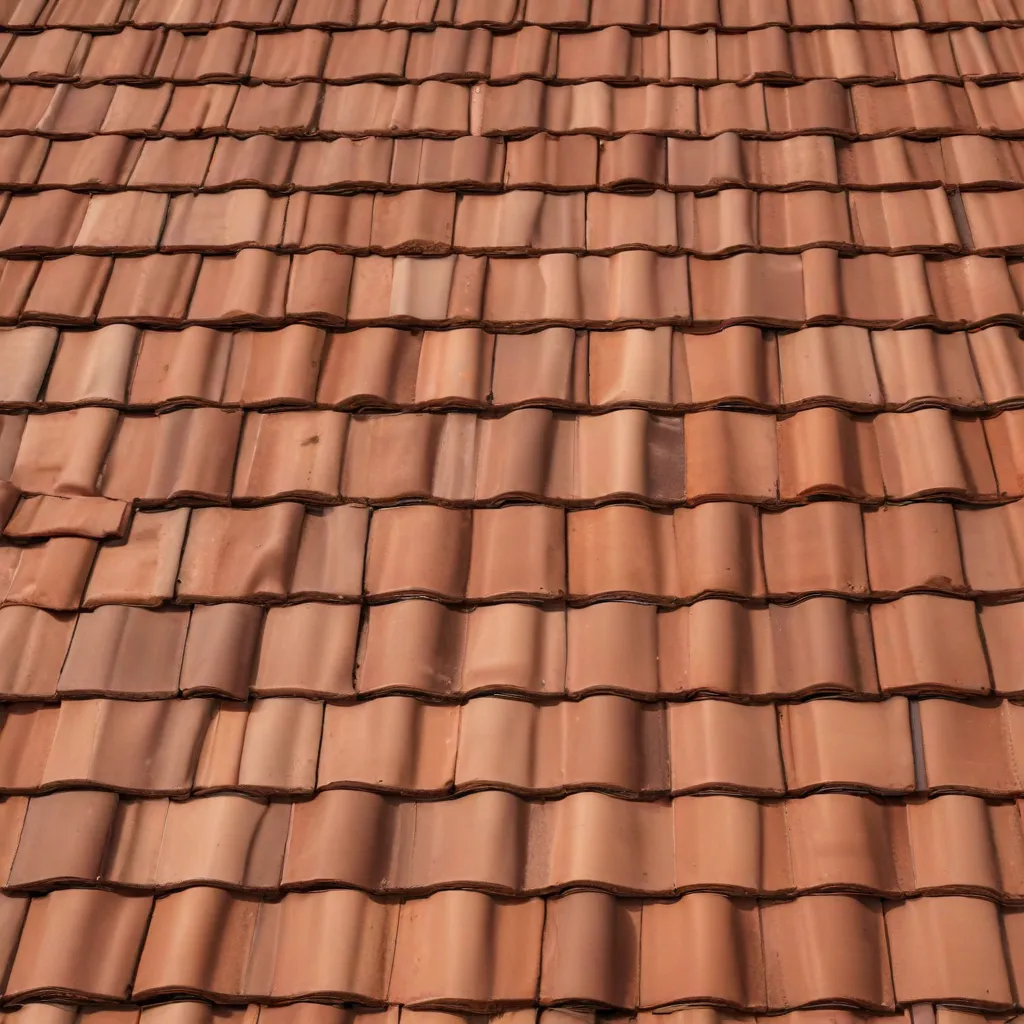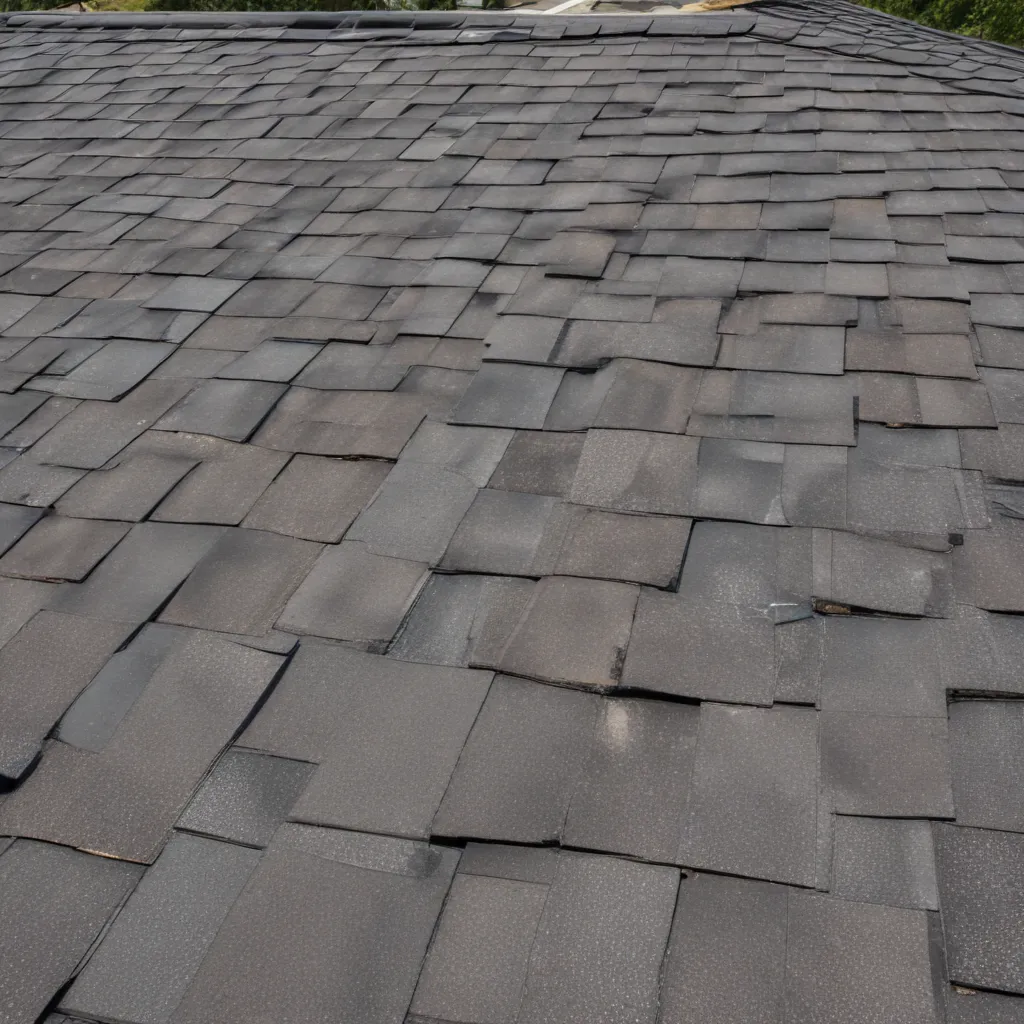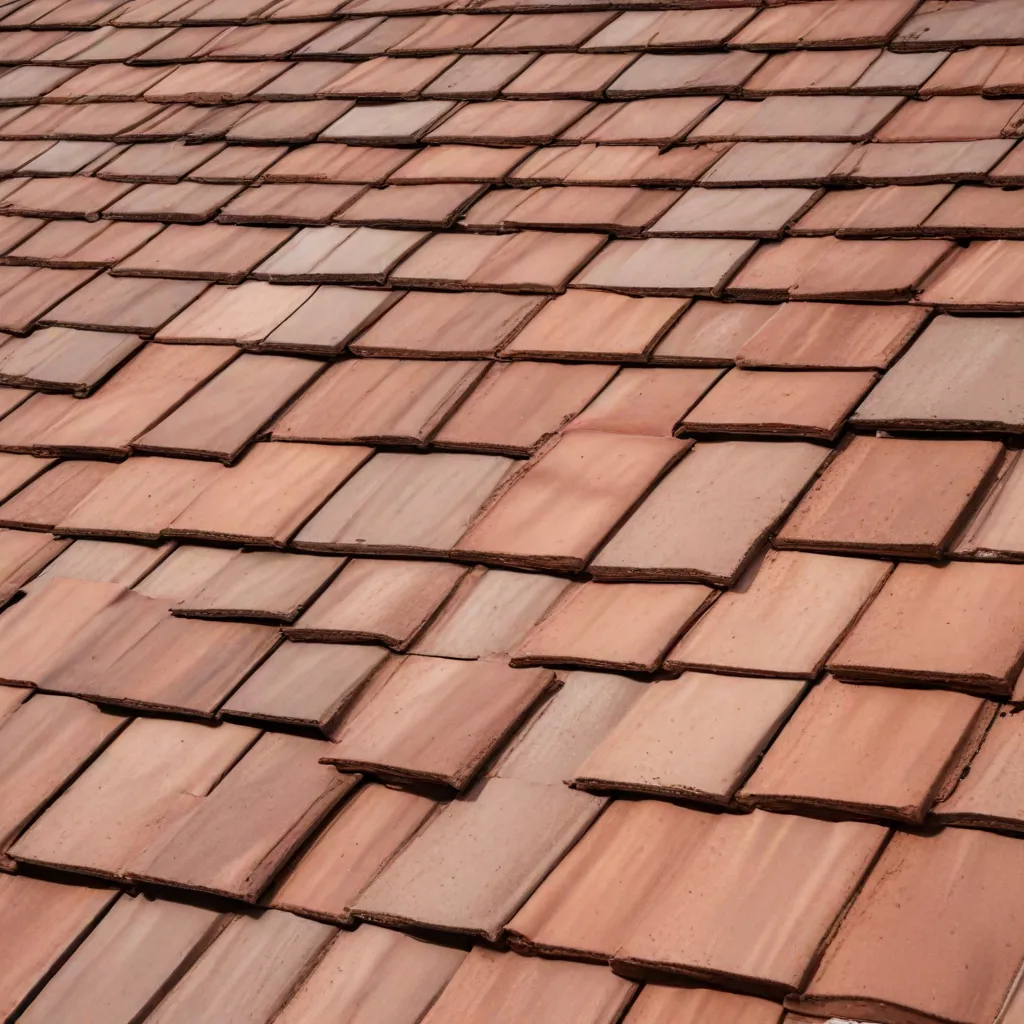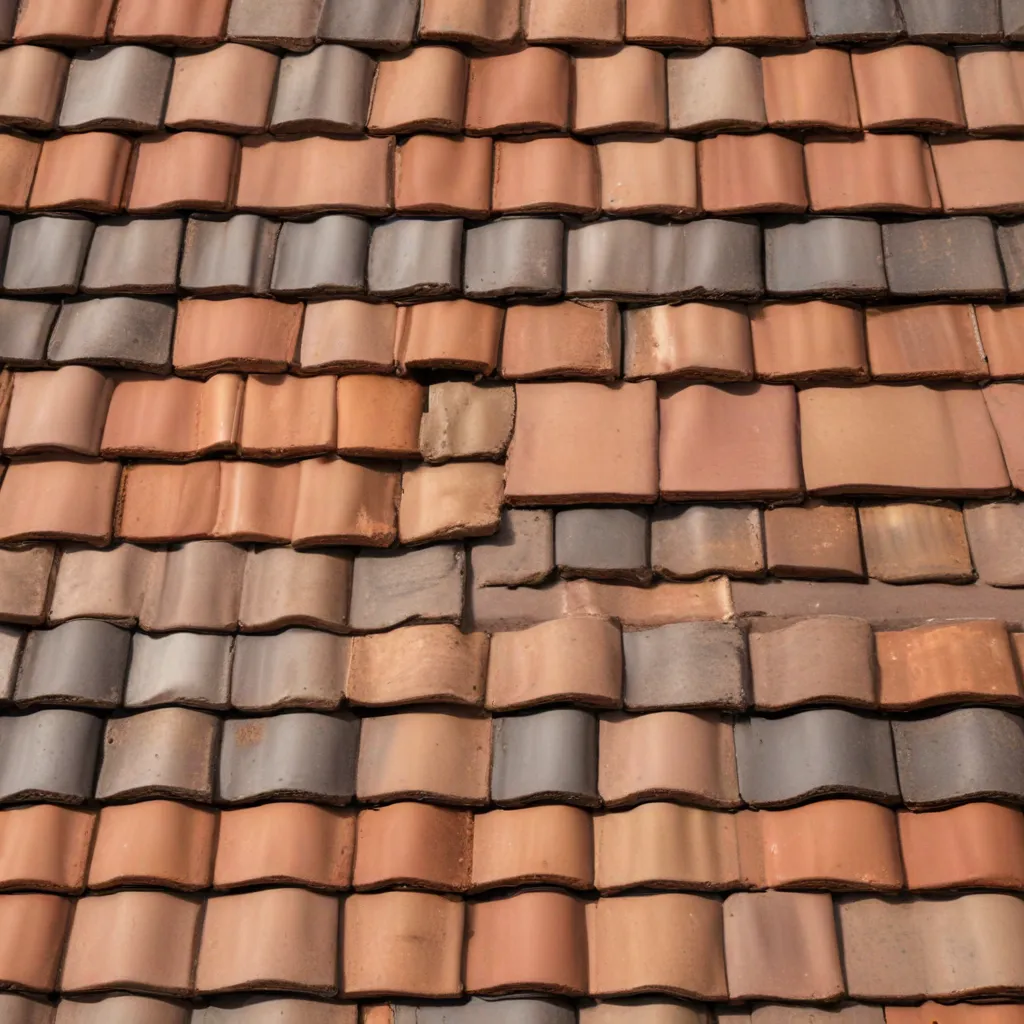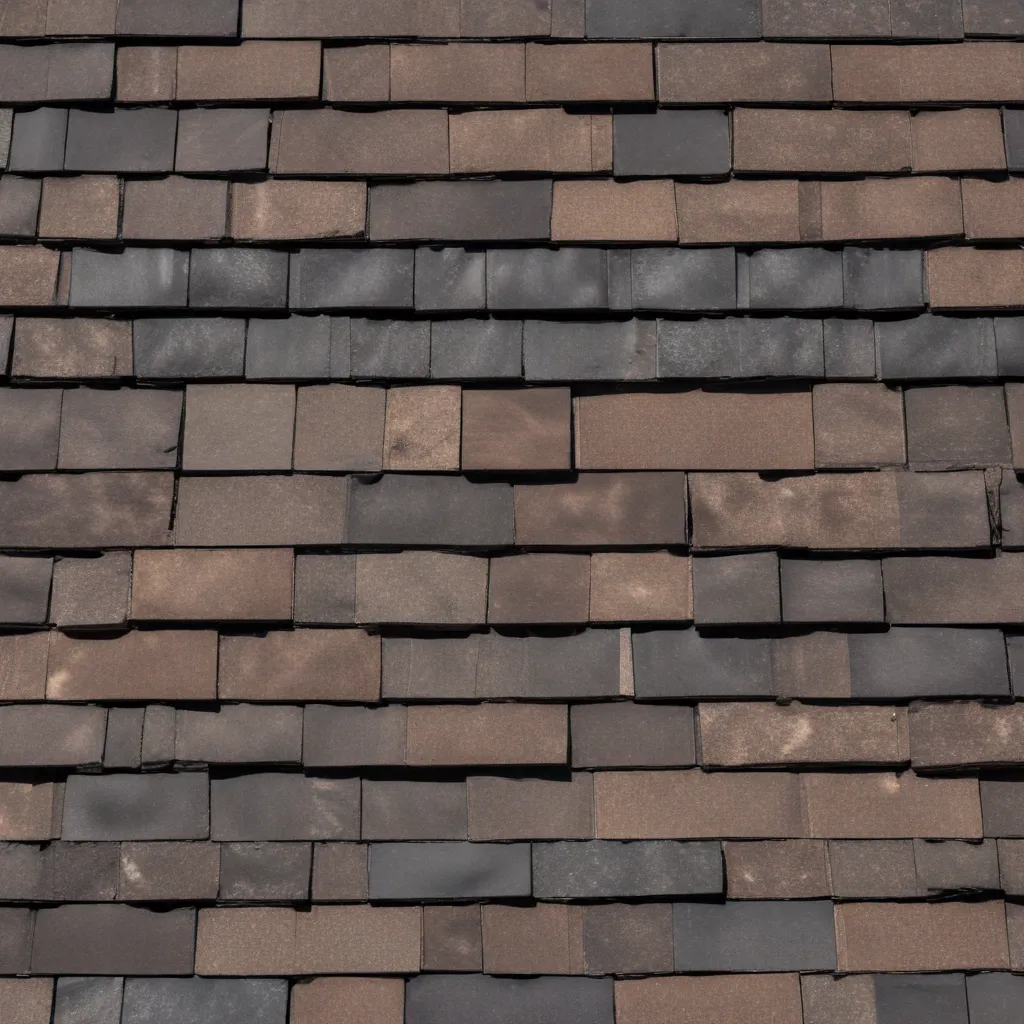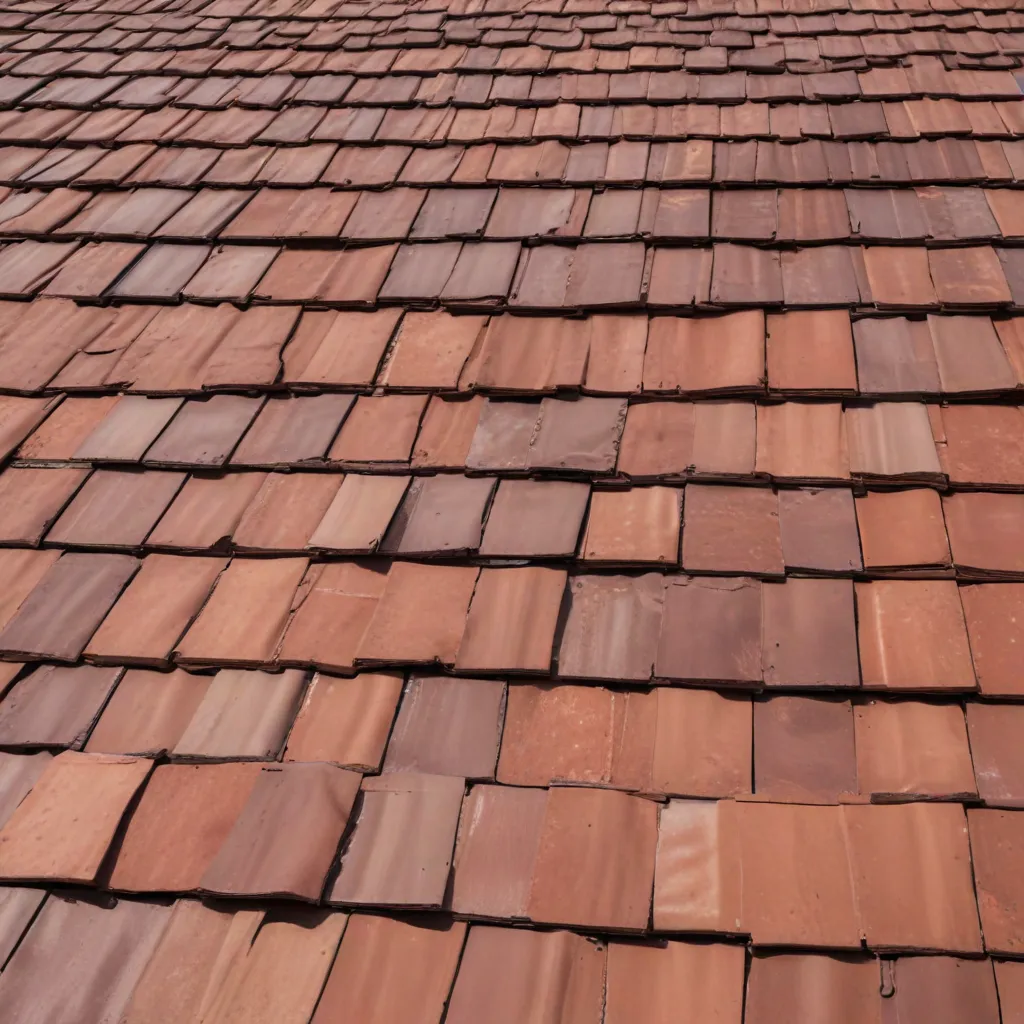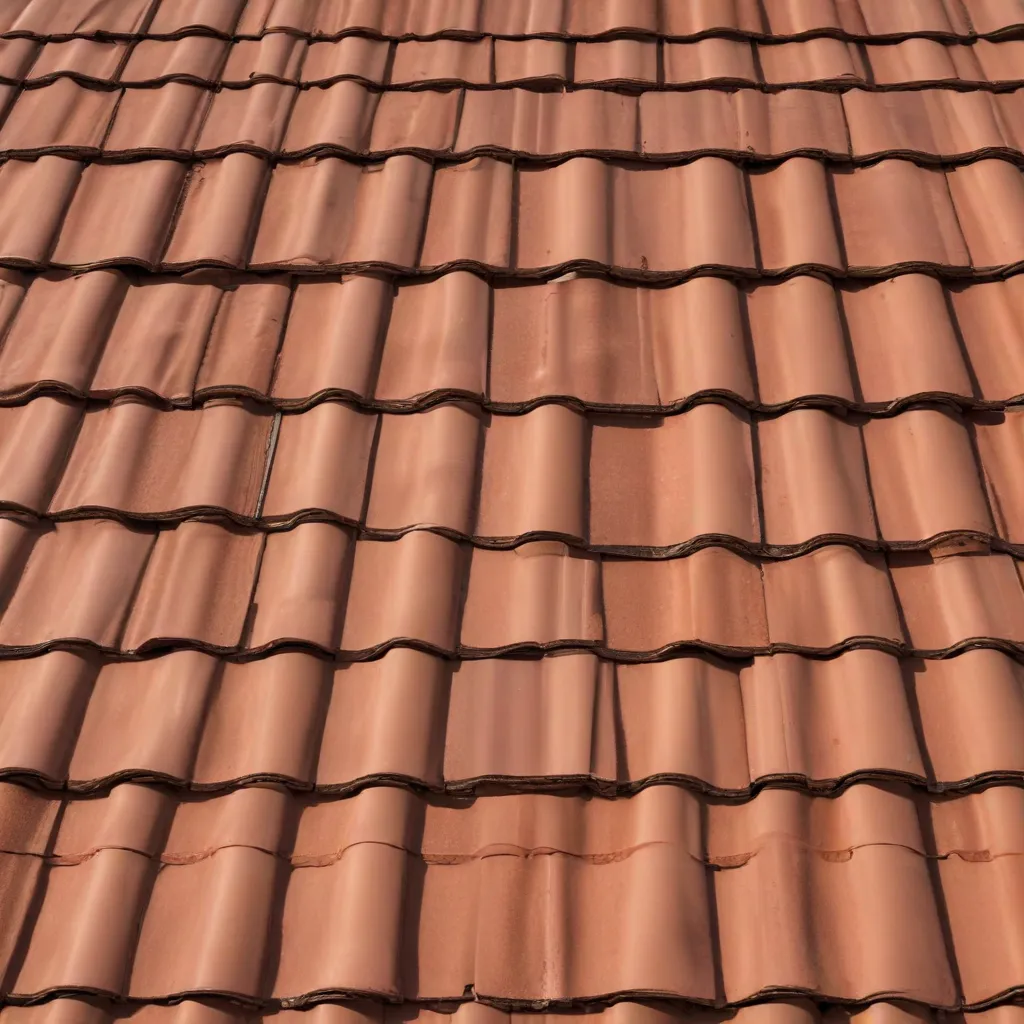
As an experienced roofing specialist, I’ve seen firsthand how the right roofing system can make a significant impact on a building’s energy efficiency and overall comfort. In this article, I’ll explore the remarkable thermal properties of advanced tile roofing and how homeowners and building owners can harness these benefits to create more sustainable, cost-effective, and comfortable spaces.
Advanced Tile Roofing Materials
When it comes to roofing options, terracotta tiles, clay tiles, and concrete tiles stand out as exceptional choices for their unparalleled durability, aesthetic appeal, and thermal performance. These tile roofing systems offer a unique combination of time-tested craftsmanship and cutting-edge engineering, making them a top choice for those seeking to maximize thermal efficiency.
Terracotta Tiles
Terracotta tiles, derived from naturally occurring clay, boast impressive thermal mass properties. This means they have the ability to absorb and store heat, slowly releasing it over time. During the hot summer months, terracotta tiles help regulate indoor temperatures by absorbing excess heat and gradually releasing it at night, reducing the burden on cooling systems. Conversely, in colder climates, the thermal mass of terracotta tiles can help retain heat, lowering heating costs.
Clay Tiles
Similar to their terracotta counterparts, clay tiles also excel at thermal regulation. The inherent density and composition of clay tiles allow them to effectively manage heat transfer, maintaining a comfortable indoor environment throughout the year. Additionally, many clay tile manufacturers have developed innovative coatings and surface treatments that further enhance their reflective properties, ensuring maximum energy efficiency.
Concrete Tiles
Concrete tiles, while not as porous as clay or terracotta, offer their own unique thermal advantages. The manufacturing process allows for the inclusion of insulating materials, such as expanded polystyrene, which improve the tile’s overall thermal resistance (R-value). This, combined with the dense, durable nature of concrete, creates a roofing system that effectively regulates indoor temperatures, contributing to significant energy savings.
Insulation Properties of Tile Roofs
Beyond the inherent thermal mass of the tiles themselves, the design of tile roofing systems offers additional insulation benefits that optimize energy efficiency.
Thermal Mass
The substantial weight and thickness of tile roofing create a significant thermal mass, which helps to regulate indoor temperatures. This thermal mass acts as a buffer, absorbing heat during the day and slowly releasing it at night, reducing the strain on heating and cooling systems.
Air Gaps
Tile roofing systems are typically installed with an air gap between the tiles and the roof deck. This air space, often referred to as a ventilation cavity, allows for improved air circulation and heat dissipation. The movement of air through this cavity helps to prevent heat buildup in the attic, further enhancing the overall thermal efficiency of the roof assembly.
Radiant Barriers
Many tile roofing manufacturers now incorporate radiant barrier technology directly into their products. These barriers, typically made of reflective materials, work to reflect radiant heat away from the building, reducing the amount of heat that needs to be absorbed and subsequently released by the thermal mass of the tiles.
Optimizing Roof Design for Efficiency
To maximize the thermal efficiency of a tile roofing system, it’s essential to consider the overall design and installation details.
Roof Slope and Orientation
The slope and orientation of the roof play a crucial role in optimizing thermal performance. South-facing roofs, for instance, can benefit from the increased solar exposure, allowing the tiles to absorb and store more heat during the day. Additionally, the pitch of the roof can influence the amount of solar radiation that is reflected or absorbed, with steeper pitches generally being more effective at deflecting heat.
Ventilation and Air Flow
Proper ventilation is a key component of an energy-efficient tile roofing system. Ridge vents and eave vents work together to create a natural convection current, allowing hot air to escape the attic space and drawing in cooler outside air. This continuous airflow helps to dissipate heat, reducing the need for active cooling systems.
Energy-Saving Benefits of Tile Roofs
The thermal efficiency of tile roofing systems translates into tangible energy-saving benefits for homeowners and building owners.
Reduced Cooling Loads
The high solar reflectance and thermal emissivity of tile roofs help to minimize the absorption of solar heat, significantly reducing the energy required for cooling during the summer months. This, in turn, leads to lower utility bills and a smaller carbon footprint.
Longevity and Durability
Tile roofing systems are renowned for their exceptional longevity and durability, which contribute to their energy-saving capabilities. Weather-resistant and low-maintenance, these roofs can maintain their high performance for decades, ensuring long-term thermal efficiency and cost savings.
Sustainability and Environmental Impact
Tile roofing systems also offer significant environmental benefits, aligning with the growing demand for sustainable construction practices.
Recycled Content in Tiles
Many tile manufacturers incorporate post-consumer waste and manufacturing byproducts into their production processes, reducing the overall environmental impact of the roofing materials. This circular approach to manufacturing not only benefits the planet but also contributes to the long-term durability and performance of the tiles.
End-of-Life Considerations
At the end of a tile roof’s lifespan, the materials can often be reused or recycled, minimizing waste and supporting a more sustainable roofing industry. Certain tile compositions, such as those made from naturally occurring clay, are also biodegradable, ensuring a gentler impact on the environment.
By embracing advanced tile roofing systems, homeowners and building owners can enjoy a multitude of benefits, from enhanced thermal efficiency and energy savings to long-term durability and environmental responsibility. Whether you’re constructing a new building or considering a roofing upgrade, I encourage you to explore the remarkable potential of tile roofing to create a more comfortable, cost-effective, and sustainable living or working environment. For more information on genuine roofing solutions, please visit Genuine Roof Systems.

